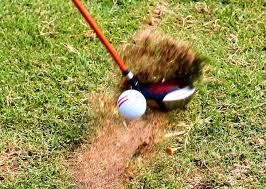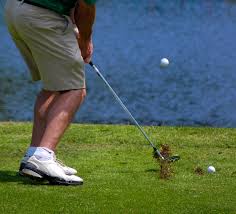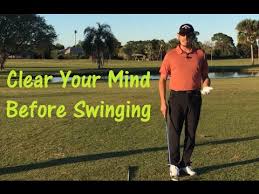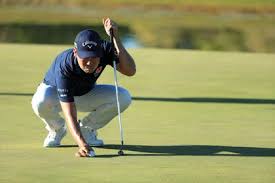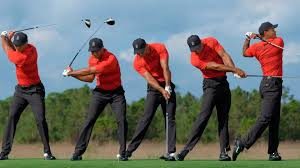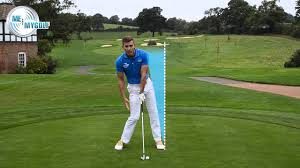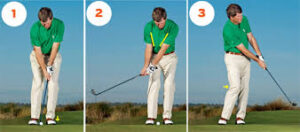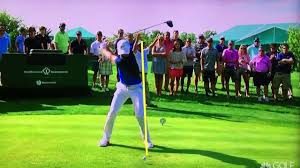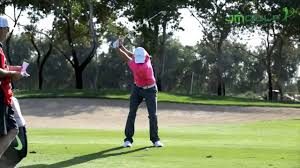Do you feel like it’s as easy to lower your handicap as it is to reduce your hat size? That’s one of the golf truisms that we all keep in the back of our mind. You have played with others who are older and weaker than you are and they have much lower handicaps. They have mastered the ability to play within themselves (within their capabilities) to keep every shot in play. They eliminating poor shots. That has to be your inspiration to improve your game and lower your scores.
Distance is important but keeping your ball in play gives you a better chance to cut your scores. Why not commit to a plan that could drop your scores on every hole? I learned this little trick when I realized that I was wasting strokes when I try too hard. That’s right! When you swing too hard and try for a miracle shot, you lose strokes on every hole. Back-off on you power and watch your handicap drop. Set you plan to hit more consistent shots and stick with it.

Control your tempo to finish every swing in balance. Let your club do the work !
1/ Plan for reachable targets to avoid mishits and shots off the toe of your club. Either take some power out of your swing or change to a club that you know you can consistently control. The easy solution is to keep your driver in your bag when you start your round. Build confidence in your hits with better rhythm using your 3 or 5 wood. Take control of your swing with clubs that you know you can hit consistently.
2/ Keep your shots in the fairway. You have to avoid the mishits so don’t try to kill every shot. Learn to use a good tempo and let your club do the work. Stay Calm and Relaxed. You can’t play this game any other way.
3/ Avoid sand traps and water hazards. When you get tense, your swing will tighten into your body and you will hit more slices and shots off the toe of your club. Plan for safe relaxed hits.
4/ Learn to layup and hit the green on your next shot. Why waste 2 more shots in the sand trap when you can hit a perfect layout to the open side of the green and then chip to the hole for 1 or 2 putts.
5/ Spend a lot more time practicing your pitching and chipping than you spend trying to master your driver. The pros only hit fairways 70% of the time with their drivers. Why should you expect to do better? Balance your practice time where you can pick up the most strokes chipping and putting.
Golf is a wonderful game when you keep your ball in play. Practice with your GOLFSTR+ for 6 critical swing fixes. Buy one today at www.GOLFSTR.com
PS: GOLF LAW #8:
Golf balls from the same “sleeve” tend to follow one another, particularly out of bounds or into the water.






